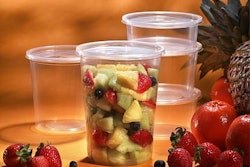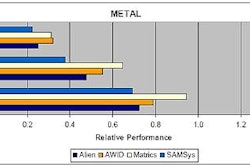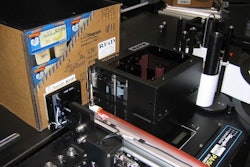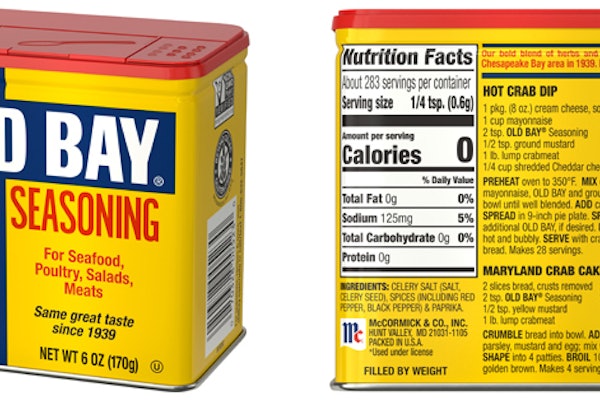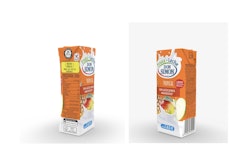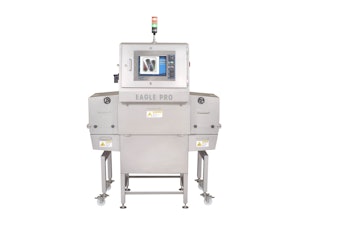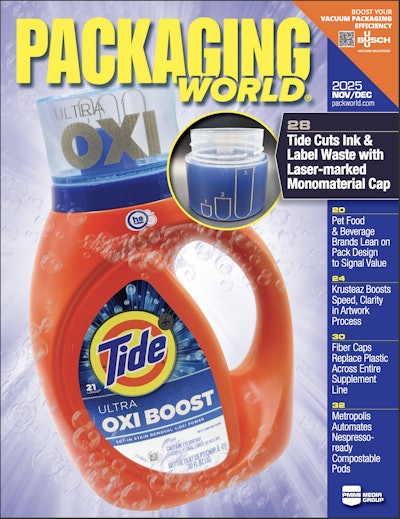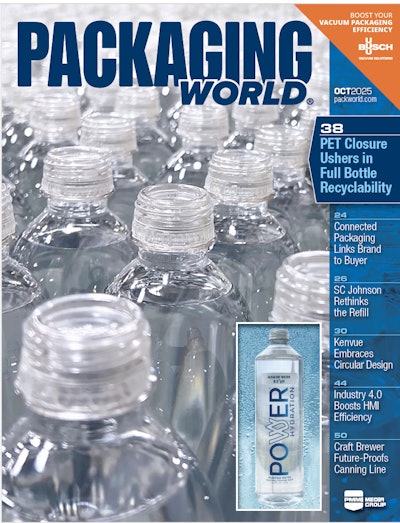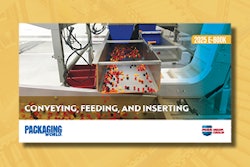Some American companies make soy sauce that is not brewed and contains caramel color, corn syrup, salt, and hydrolyzed soy (or another protein). Japan has softened its demands and, in a proposal being put forth by Japan and Korea, would allow use of the words “soy sauce,” provided there were modifiers that would indicate whether or not the sauce had been brewed.
So far, the U.S. position is that labeling, including any modifiers, should be left to each country. The issue is taking on new importance because of increasing sales of oriental sauces. According to ACNielsen, sales have risen from $153 million in 2000 to $163 million in 2004. Although Japan first approached Codex in 1998, nothing is likely to be resolved soon. There are eight steps in the Codex Alimentarius approval process for a standard, and it is very early in the process.

